Moby Dick Mushrooms
$170.00 – $1,700.00
Moby Dick Mushrooms
Moby Dick mushrooms are a unique hybrid strain of Psilocybe cubensis, known for their striking appearance and robust growth characteristics. This strain is a cross between the popular Albino A+ and Golden Teacher varieties, resulting in mushrooms that feature thick stems and pale caps that may develop a bluish tint when bruised. Moby Dick mushrooms are celebrated for their impressive fruiting potential and are often sought after by both novice and experienced cultivators. They are primarily used for educational and research purposes, particularly in microscopy studies, due to their distinctive morphology and characteristics.
Moby Dick Mushrooms
Moby Dick mushrooms represent an intriguing and visually captivating strain within the Psilocybe cubensis family, renowned for their unique genetic lineage and robust growth characteristics. This hybrid strain is the result of careful crossbreeding between two well-known varieties: the Albino A+ and the Golden Teacher. The Moby Dick strain is celebrated not only for its aesthetic appeal but also for its potential in both educational and research contexts.
Visual Characteristics
Moby mushrooms are characterized by their striking appearance, featuring thick, sturdy stems and broad caps that can range in color from pale white to light blue. The caps may develop a bluish tint when bruised, a common trait among psilocybin-containing mushrooms. This unique coloration, combined with their robust structure, makes Moby Dick mushrooms visually appealing to both cultivators and mycology enthusiasts. The mushrooms typically exhibit a sub-elipsoidal shape, which is ideal for microscopy studies.
Cultivation and Growth
Moby Dick mushrooms are known for their impressive fruiting potential and robust growth. They thrive in a variety of cultivation environments, making them suitable for both novice and experienced growers. The strain is relatively forgiving, allowing for successful cultivation under standard conditions. Moby Dick mushrooms typically produce large, healthy specimens with thick stems and substantial caps, making them a rewarding choice for those interested in mushroom cultivation.
The cultivation process for Moby mushrooms generally involves standard techniques used for Psilocybe cubensis, such as the PF Tek method or bulk substrate cultivation. These methods allow growers to optimize conditions for fruiting, including humidity, temperature, and light exposure. The ease of cultivation and the potential for high yields make Moby Dick a popular choice among mushroom cultivators.
Educational and Research Applications
Moby Dick mushrooms are particularly appealing for educational and research purposes. Their unique morphology and characteristics make them an excellent subject for microscopy studies. For students and enthusiasts of mycology, examining these mushrooms can provide valuable insights into their structure, development, and the broader biological processes of fungi.
Studying Moby mushrooms can enhance understanding of fungal biology, reproduction, and the ecological roles that mushrooms play in their environments. This educational aspect is crucial for fostering a deeper appreciation of mycology and the importance of fungi in ecosystems.
Conclusion
In summary, Moby mushrooms offer a captivating glimpse into the world of mycology, combining unique genetic traits with robust growth characteristics. Their striking appearance, ease of cultivation, and suitability for educational and research endeavors make them a valuable resource for both budding mycologists and experienced researchers. As interest in fungi continues to grow, Moby Dick mushrooms stand out as a remarkable example of the beauty and diversity found within the fungal kingdom. Whether for cultivation, study, or appreciation, Moby Dick mushrooms provide an exciting opportunity to explore the complexities of fungal biology and cultivation.
Uses of Moby Dick Mushrooms
-
Psychoactive Effects:
- Moby Dick mushrooms, as a strain of Psilocybe cubensis, are known for their psychoactive properties due to the presence of psilocybin and psilocin. These compounds can induce altered states of consciousness, making them popular among those seeking spiritual experiences, introspection, or recreational use.
-
Therapeutic Research:
- There is growing interest in the potential therapeutic benefits of psilocybin-containing mushrooms, including Moby Dick. Research is being conducted on their effects on mental health conditions such as depression, anxiety, PTSD, and addiction. Some studies suggest that psilocybin may promote neuroplasticity and enhance emotional well-being.
-
Educational Purposes:
- Moby Dick mushrooms are often used in educational settings for mycology studies. Their unique morphology and characteristics make them an excellent subject for students and enthusiasts learning about fungal biology, spore germination, and the life cycle of mushrooms.
-
Microscopy Studies:
- The spores of Moby Dick mushrooms are suitable for microscopy, allowing researchers and students to examine their structure and characteristics. This can provide insights into fungal reproduction and taxonomy.
-
Cultivation Practices:
- Moby Dick mushrooms can be cultivated using standard techniques for Psilocybe cubensis, making them a valuable resource for growers interested in learning about mushroom cultivation. Their robust growth and fruiting potential provide practical experience in mycology.
-
Culinary Exploration:
- While not commonly used in culinary applications due to their psychoactive properties, some enthusiasts may explore the flavors and textures of various mushroom strains, including Moby Dick, in controlled settings. However, caution is advised due to their psychoactive effects.
Properties of Moby Dick Mushrooms
-
Psychoactive Compounds:
- Moby Dick mushrooms contain psilocybin and psilocin, which are responsible for their psychoactive effects. These compounds interact with serotonin receptors in the brain, leading to altered perceptions, enhanced sensory experiences, and changes in thought patterns.
-
Morphology:
- Moby Dick mushrooms are characterized by their thick, sturdy stems and broad caps. The caps can range in color from pale white to light blue, especially when bruised. The mushrooms typically exhibit a sub-elipsoidal shape, which is ideal for identification and study.
-
Fruiting Potential:
- This strain is known for its impressive fruiting potential, often producing large, healthy specimens. Moby Dick mushrooms can thrive in various cultivation environments, making them suitable for both novice and experienced growers.
-
Growth Conditions:
- Moby Dick mushrooms prefer a humid environment with temperatures typically ranging from 70°F to 80°F (21°C to 27°C) for optimal growth. They can be cultivated using various substrates, including brown rice flour, vermiculite, and other organic materials.
-
Spore Characteristics:
- The spores of Moby Dick mushrooms are smooth and sub-elipsoidal, making them suitable for microscopy studies. Their viability and quality are maintained through proper storage and handling.
-
Genetic Traits:
- As a hybrid strain, Moby Dick mushrooms exhibit unique genetic characteristics inherited from their parent strains (Albino A+ and Golden Teacher). This genetic diversity can influence their growth patterns, fruiting characteristics, and psychoactive effects.
Conclusion
Moby Dick mushrooms are a fascinating strain of Psilocybe cubensis that offers a range of uses, from psychoactive experiences to educational applications in mycology. Their unique properties, including robust growth, distinctive morphology, and psychoactive compounds, make them a valuable resource for both researchers and enthusiasts. As interest in the therapeutic potential of psilocybin-containing mushrooms continues to grow, Moby Dick mushrooms stand out as an intriguing example of the complexities and benefits of the fungal kingdom.
Moby Dick mushrooms, like all mushrooms from the Psilocybe cubensis family, do not contain THC (tetrahydrocannabinol) or CBD (cannabidiol). These compounds are primarily found in cannabis plants, not in mushrooms.
Instead, Moby Dick mushrooms are known for their psychoactive compounds, specifically psilocybin and psilocin, which are responsible for their hallucinogenic effects. The levels of psilocybin and psilocin can vary depending on the specific strain and growing conditions, but they are the key active compounds in these mushrooms.
If you have any further questions or need more information about Moby Dick mushrooms or their properties, feel free to ask!
| quantity | 2LB, 1LB, HP, QP, OZ |
|---|
Be the first to review “Moby Dick Mushrooms” Cancel reply
Related products
Magic Mushrooms
Magic Mushrooms
Magic Mushrooms
Magic Mushrooms




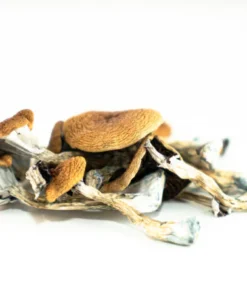


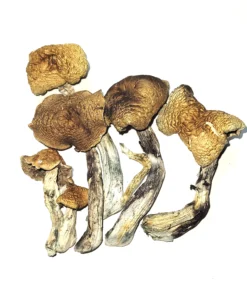
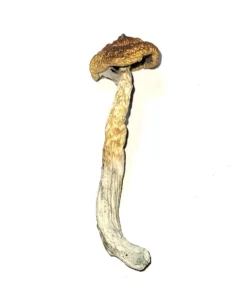
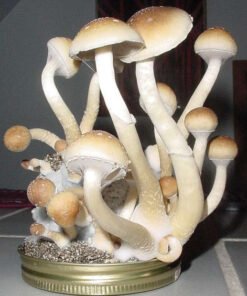
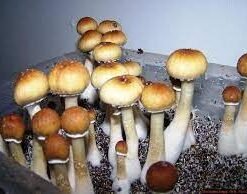

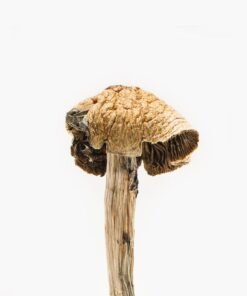


Reviews
There are no reviews yet.